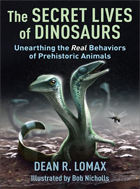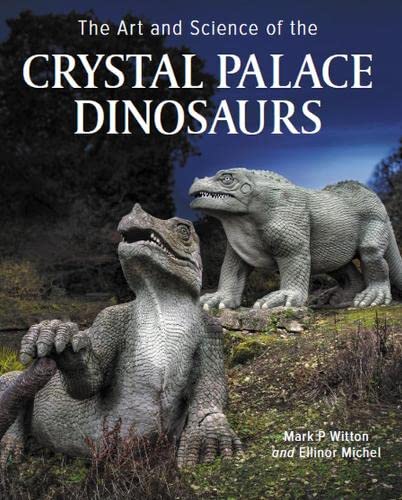The phrase nomen dubium is a Latin term which literally means "dubious name".
Typically, a dinosaur is a nomen dubium if its holotype is deemed unfit for purpose, meaning the specimen to which its name was attached (aka "the name-bearing specimen") is in no fit state to be attaching a name to.
If a dinosaur's holotype is fragmentary, lacks important diagnostic features, lacks features that distinguish it from other species, or has been destroyed or lost, it may be replaced with a better specimen (a neotype)... if one is available.
Typically, a dinosaur is a nomen dubium if its holotype is deemed unfit for purpose, meaning the specimen to which its name was attached (aka "the name-bearing specimen") is in no fit state to be attaching a name to.
If a dinosaur's holotype is fragmentary, lacks important diagnostic features, lacks features that distinguish it from other species, or has been destroyed or lost, it may be replaced with a better specimen (a neotype)... if one is available.
References
• Alvaro Mones (June 1989) "Nomen dubium vs. nomen vanum". Journal of Vertebrate Paleontology, 9(2):232-234. DOI: 10.1080/02724634.1989.10011757
Time stands still for no man, and research is ongoing. If you spot an error, or want to expand, edit or suggest an entry feel free to drop us a line. Go here to answer an FAQ.
© 2010-2025 Dinochecker unless stated | Rss feed | Kindly site donations here.
All dinos are GM free, and no herbivores were eaten during site construction! To cite this page:
Atkinson, L. "DinoChecker FAQ entry :: What is nomen dubium?"
‹http://www.dinochecker.com/dinosaurfaqs/what-is-nomen-dubium›. Web access: 12th May 2025.
All dinos are GM free, and no herbivores were eaten during site construction! To cite this page:
Atkinson, L. "DinoChecker FAQ entry :: What is nomen dubium?"
‹http://www.dinochecker.com/dinosaurfaqs/what-is-nomen-dubium›. Web access: 12th May 2025.













